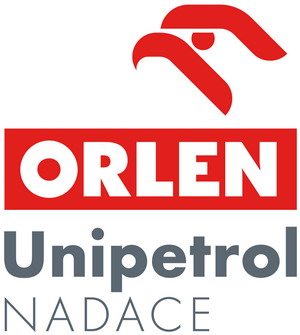Elektrochemická analýza poškození, hybridizace a dalších interakcí DNA
Klíčová slova:
elektrody, nukleové kyseliny, elektro¬chemie, senzory, redukce, oxidaceAbstrakt
Modern trends in electrochemical sensing deoxyribonucleic acids (DNA), particularly the use of electrochemical sensors for detection of DNA damage or hybridization, are discussed. Applications of electrochemical methods such as AC voltammetry, square-wave voltammetry and constant current chronopotentiometry as well as use of mercury and carbon electrodes are presented. Special attention is paid to application of Hg amalgams and carbon (pyrolytic graphite, C paste or glassy C) electrodes for monitoring reduction and oxidation processes (label-free detection). Techniques and procedures used for DNA labeling with electroactive tags such as transition-metal (Os, Ru, Cu) complexes or redox mediators are described. DNA interactions with heavy metal ions, drugs, and proteins are also mentioned. The review does not intend to give a complete overview of the topics considered but, rather, to present some historic consequences and modern electrochemical methods used in DNA research.





